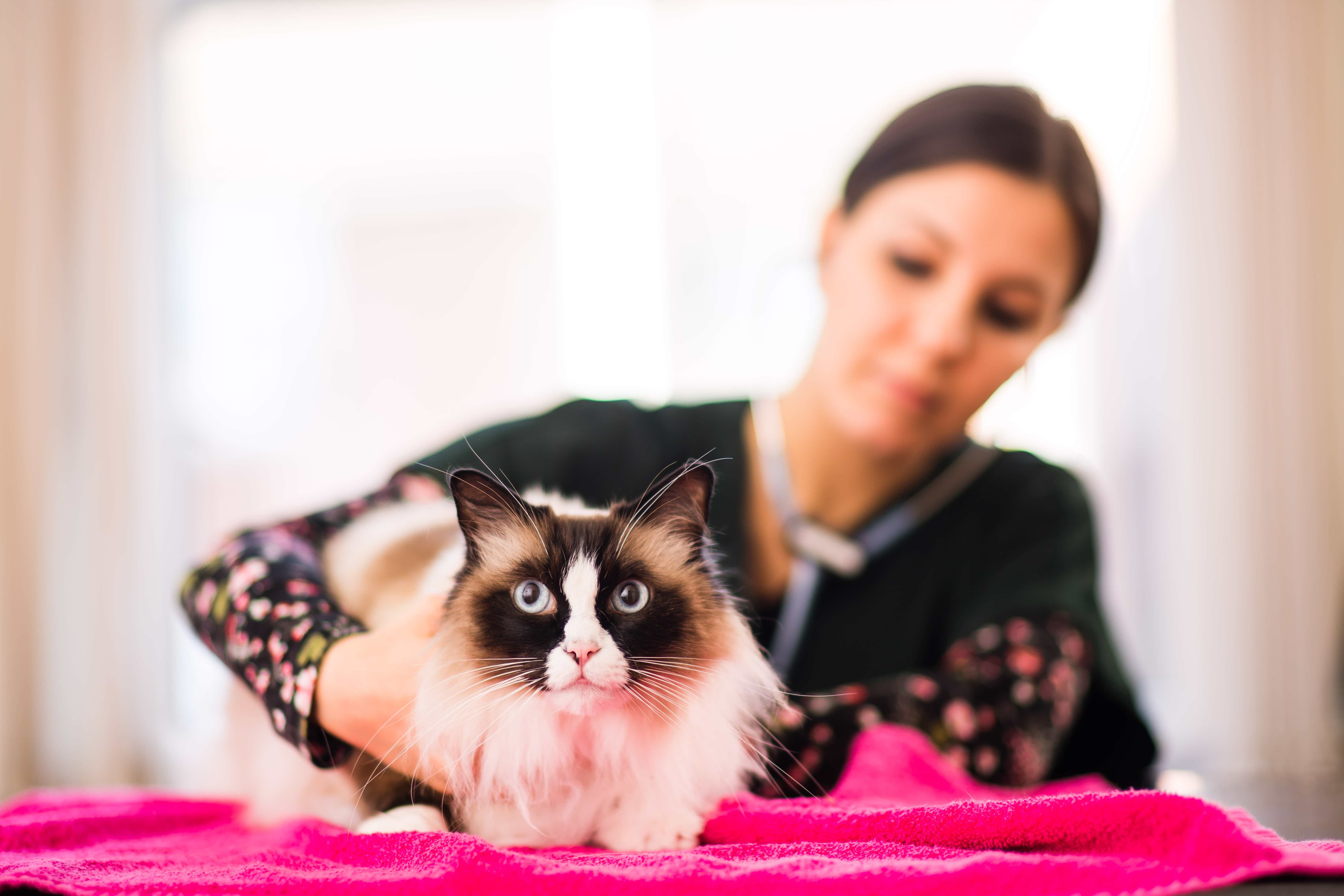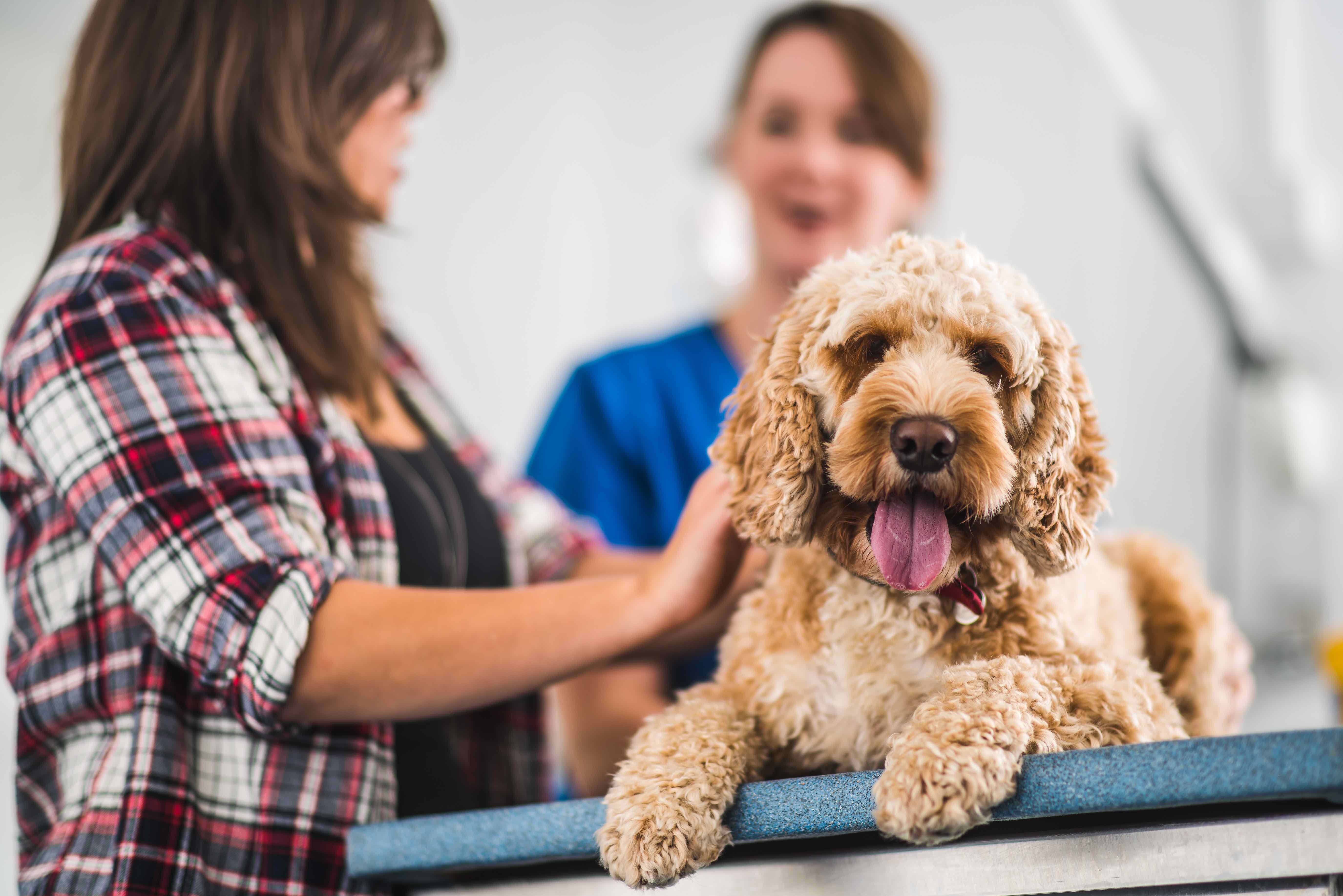It's Time To Scale Down Our Pets Weight
Just like people, recent veterinary research tells us more and more of the nation’s animals are overweight. Dogs, cats, and even rabbits are presented to us that are too heavy; often with owners that do not even realise there is an issue.
If we allow our animals to become overweight, they can start to develop problems associated with the extra pounds. Conditions like diabetes, osteoarthritis, and breathing problems can all be linked to or made worse by extra weight.
Weight issues can be hard to spot for owners. A chocolate biscuit to a small dog is as much as a portion of chips to a person. Little treats that may seem like nothing at all to us can build up significant calories for our pets.
It can be difficult to give an ideal weight for every breed as there’s a lot of natural variation between animals. Vets tend to use something called a body condition score (BCS) to help guide us when making decisions on a pet’s weight.

Some of the indicators we use are listed below to help you at home check out your animals too.
Often the easiest area to assess is your pet’s ribs.
If your animal is an ideal weight you should be able to feel the ribs with the flat of your hand, for example by placing your thumbs on their back and spreading your hands downwards. We need to feel with our hands as many animals have thick coats which mean visualising the ribs is difficult. The ribs should not stand out or look prominent, this can be a sign the animal is too light. If you can’t feel your pet’s ribs easily they are probably overweight.
Looking at your animal from above, you should be able to see a narrowing to the waist behind the ribs. If there’s no narrowing this is a sign your pet is too heavy.
From the side, we should be able to see a tucking in of the stomach nicely behind the chest. If it’s drooping down it might be time to cut back on food! Cats can get a large fat pad that forms underneath the abdomen allowing a bit of a “jelly belly” to form if they get too heavy!
If you run your hand down your animal’s back, you should be able to make out the outline of the vertebrae (backbones). Just like the ribs, they should not look too prominent or obvious but we should be able to make out that they are present.

By Kathleen Pohl BVSc PgC(FVS) MRCVS Advanced Practitioner in Feline Medicine Clinical Director
32 - 34 Zetland Road
Redland
Bristol
BS6 7AB
